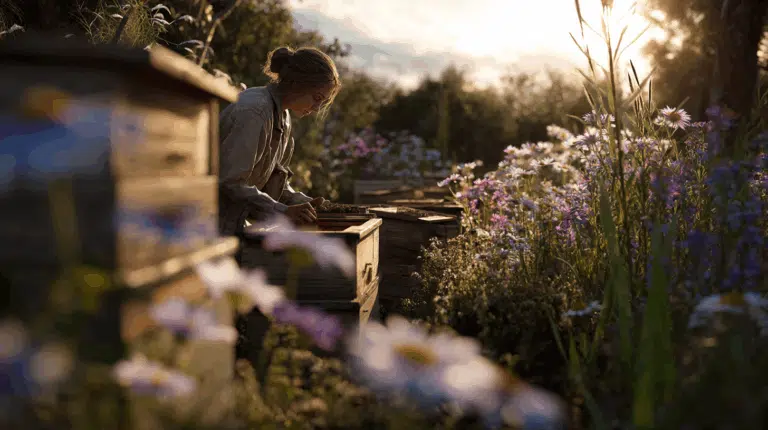An enchanting, easy-to-grow annual with star-shaped flowers and elegant seed pods. Suitable for both cutting and drying.
With Nigella seeds from EasySeeds.eu, you'll bring charming, delicate cut flowers into your garden, perfect for bouquets, flower arrangements, and borders. Growing Nigella from seed as a cut flower allows gardeners to create a playful, romantic atmosphere with flowers known for their delicate, star-shaped blooms and decorative seed pods. Nigella, also Lady-in-the-Green , is beloved for its airy appearance and versatility in bouquets.
Unique flowers and fine texture:
Nigella produces blooms in shades of white, blue, pink, and purple, often with a contrasting center. The airy flower structure and decorative seed pods make them a striking choice for bouquets and borders.
Long-lasting blooms and easy care:
Nigella blooms from late spring to early summer and retains its ornamental value even after the flowers dry out. This versatile cut flower is easy to grow and ideal for both novice and experienced gardeners.
Versatile and bee-friendly.
The flowers attract bees and butterflies, which contributes to biodiversity and a healthy garden environment. Nigella is suitable for borders, flowerbeds, and pots.
Cut flowers for bouquets – The delicate, decorative flowers and airy stems make Nigella perfect for fresh and dried bouquets.
Borders & flowerbeds – Add structure, height, and a romantic touch to your borders with these graceful flowers.
Pots and containers – More compact Nigella varieties are ideal for pots, balcony boxes and patios.
Combinations with other cut flowers – Mix Nigella with Zinnia, Celosia, or Lathyrus for a playful and colorful effect in bouquets and borders.
Sowing time – Sow indoors from February to March or directly outdoors after the last frost for an optimal start.
Soil & Location – Use well-draining soil and choose a sunny location for maximum flowering.
Care – Keep the soil moist during germination and the early growth phase; feed regularly for strong, healthy plants.
Hardening off – Gradually acclimatise young plants to outdoor conditions before planting them out permanently.
Maintenance – Remove faded flowers to prolong flowering and maintain healthy plants.
At EasySeeds.eu , you'll find a wide range of Nigella (Lady-in-the-Green) seeds , selected for their germination rate, color variation, and flowering intensity. Whether you want to fill borders, embellish pots, or create romantic bouquets yourself, our Nigella seeds will bring your garden and bouquets to life every season.
🌸 Discover our range now and order easily online – buy Nigella seeds at EasySeeds.eu!

Nigella, also known as lady-in-the-mist, is a beautiful annual flower with delicate, feathery foliage and unique, star- to bell-shaped flowers in a variety of colors, including blue, white, pink, and purple.
Nigella is an annual plant, meaning it completes its entire life cycle in a single growing season. However, it can readily self-seed, allowing new plants to appear the following year.
Nigella damascena is the most well-known species, prized for its graceful flowers and unique seed pods. Nigella sativa, also known as black cumin, is grown for both its flowers and its edible seeds, which are used as a spice.
It's best to sow Nigella directly in the garden in early spring, as soon as the soil is workable. In milder climates, it's also possible to sow in the fall for early spring flowering.
Sowing indoors is not recommended , as Nigella has a long taproot and doesn't tolerate transplanting well. Sowing directly in its final location is the best method for healthy growth. If you do choose to sow indoors, use sufficiently deep pots and transplant carefully.
Wait until the pods are dry and brown, cut them off and hang them upside down to dry in a cool, dark and well-ventilated area.